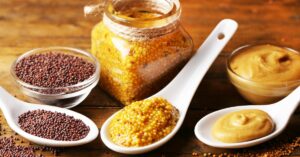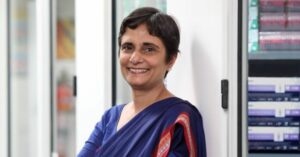600+ Scientists Create Online Platform to Debunk Rumours, Hoaxes About COVID-19
“Some people in my social circle have started avoiding me because scientific research goes against what they want to believe. But others are keen on my updates. Both indicate that people are engaging. That is a good sign for us."
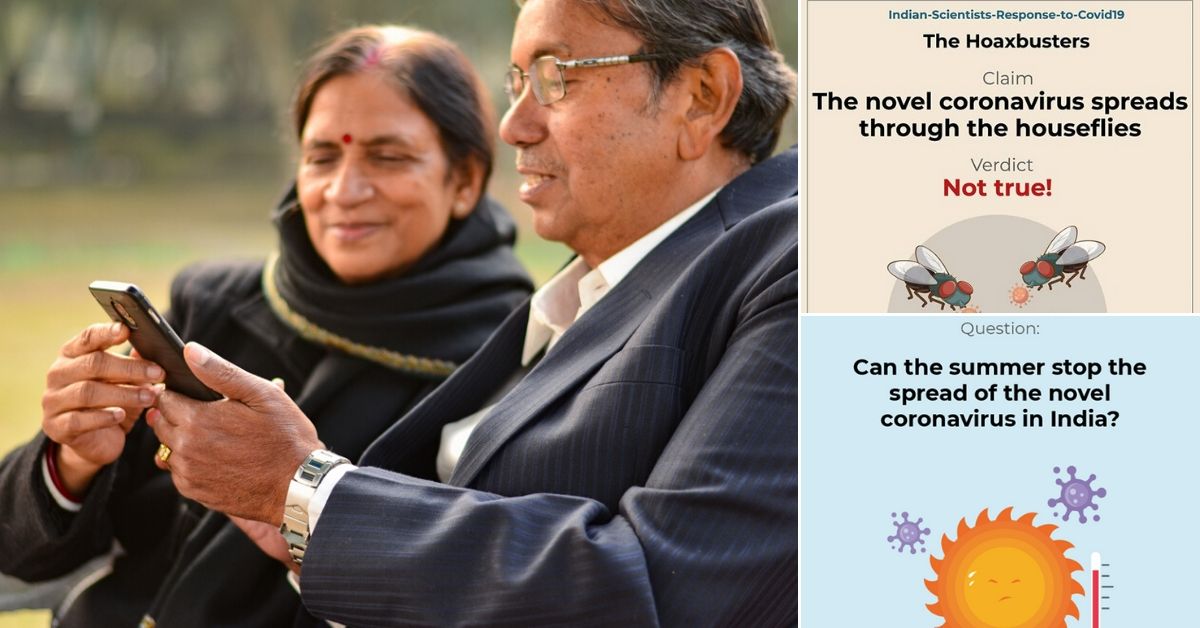
Since the Coronavirus took over the world, you have probably received messages like the following:
“Bats spread COVID-19, and we must cut trees in housing colonies to remove bat colonies.”
“Eating non-veg food increases the chances of contracting the disease.”
“Indians have better immunity against COVID-19.”
“My favourite is that the Coronavirus was made in a lab,” begins Sandhya Koushika, a scientist at the department of biological sciences in Tata Institute of Fundamental Research (TIFR), Mumbai.
Since March 26, she has also been volunteering as a hoax buster—debunking rumours and misinformation about COVID-19 by giving scientific reasoning, explanation and evidence.
With her is a team of 610+ scientists, illustrators, translators, coders etc. who are working pro-bono for a single aim—to provide the right information about Coronavirus and prevent misinformation from spreading.
Together, they are the “Indian Scientists’ Response to COVID-19 (ISRC).”
So, how do the scientists work?
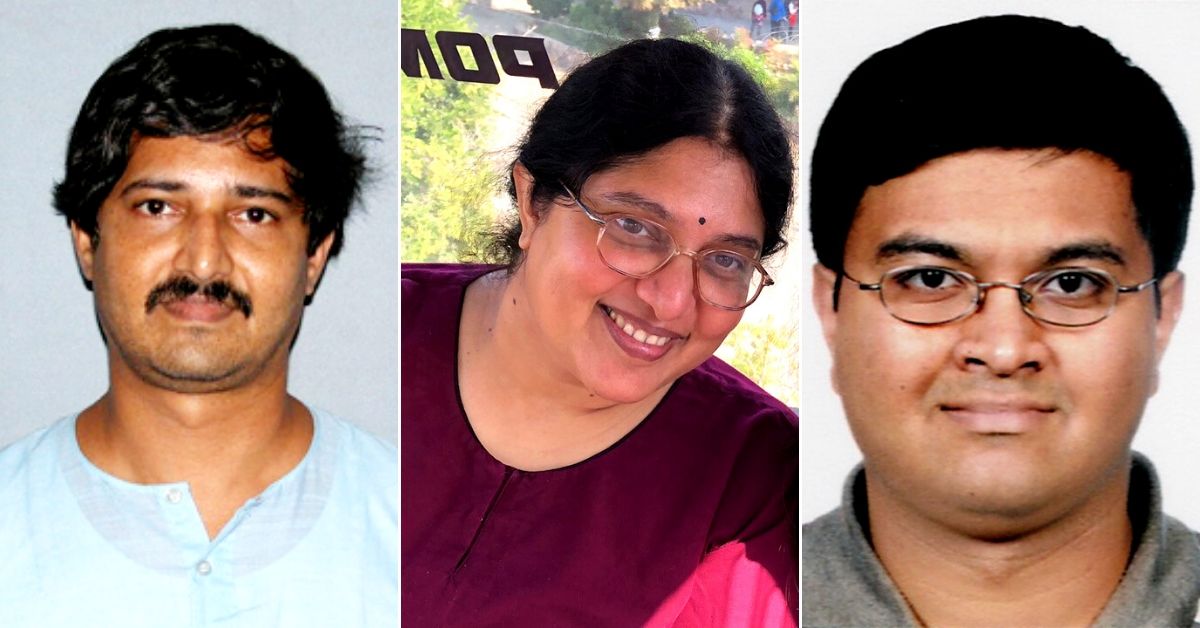
- They check their social media handles for rumours/hoaxes or are informed by patrons via email or Twitter. Once they have more than a few of these rumours, they discuss what needs to be prioritised. Over time, they even started addressing questions instead of merely debunking myths.
- “About 15 to 20 people work on every question or hoax. We discuss everything from the scientific evidence to the terminology. One person writes the article and sends it to two others for fact-checking. They send it to two more people who check the ease of reading and references. Every point is debated upon–even the use of words like may or can, for example,” Sandhya tells TBI.
- Once the article is approved, it is uploaded on their website.
- “For a layperson, a long article may not be as appealing as an infographic. So we now have a dedicated team of illustrators and designers who make beautiful posters with a couple of crucial lines from the article,” she shares.
- Regional languages have a much wider audience, and so, English articles are translated into 16 different languages, including Hindi, Malayalam, Marathi and Bengali.
- In case there are any updates on the research surrounding COVID-19, old articles are updated accordingly.
- Sandhya shares that a set of 7-10 articles takes the team about ten days to publish.
How did this group come together?
“We were extremely irked by misinformation that was spreading amongst people. So, 10 of us decided to develop a platform to fight against this and started right before the nationwide lockdown was implemented. No one from the core team is a microbiologist or virologist. Still, we all have a background in science, analytical training and an inclination to do something during the lockdown, and ensure that the layperson has access to scientific information,” says Dr R Ramanujam, a professor at the Institute of Mathematical Sciences (IMSc) Chennai, who coordinates the activities of IRSC tells TBI.
Sandhya shares that writing the first set of articles was reasonably easy because it all came so organically to them. Once they piqued the interest of the general public, the task became tougher.
But by then, more scientists from various parts of India were joining the team. Today, ISRC has members from institutions like Ashoka University, South African Radio Astronomy Observatory & Astronomical Society of India, Institute of Mathematical Sciences (IMSc), National Institute of Mental Health and Neurosciences etc.
“Now we have some Indian scientists living abroad who have become active contributors,” exclaims Dr Ramanujam.
Soon, people started asking questions surrounding COVID-19 that were not hoaxes. They were genuine doubts. So, a separate section of Q&A was formed.
Similarly, articles and information about mental health, societal issues and daily life during the nearly 2-month long lockdown also formed crucial parts of the ISRC project. Their next project is “ask a scientist” where the readers can directly address questions about Coronavirus.
By scientists for the common man:
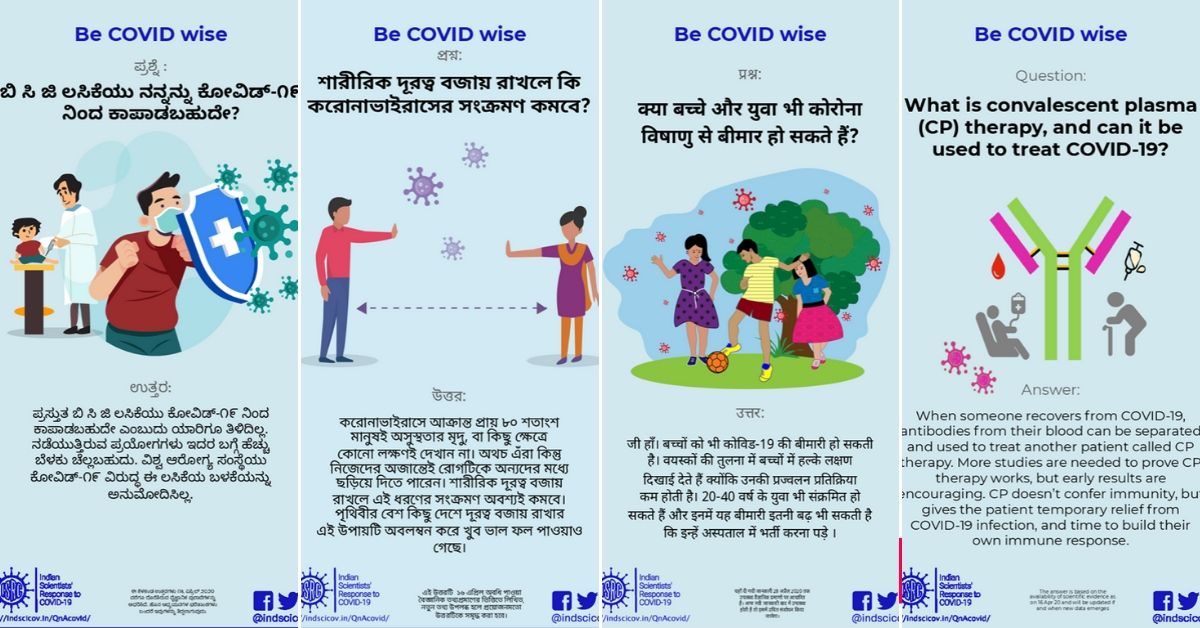
An important part of this initiative was making the work accessible to everyone, not just the English-speaking population. Consequently, translators were also added to the team.
Aniket Sule who works in the Homi Bhabha Centre for Science Education in TIFR, Mumbai, vets answers and articles and translates them into Marathi. Speaking to TBI, he says, “I distribute the link of English articles to translators and illustrators. There is a moderator assigned for the translation of every creative. Here too, facts, sentences and terminology are flagged at every stage because we want the complete information to go out. Even then, sometimes readers come to us with feedback, and after investigation, the updates are made.”
Aniket mentions that currently, the team has about 80 translators, and although he hasn’t kept count, ISRC’s work reaches at least 10,000 people.
“I send the articles and infographics to 250 people on my list. So for the 610 of us, reaching 10,000 people is not an unimaginable target,” he shares.
The result is impressive. ISRC is flooded with questions every day, and that means double the work for the scientists.
“It is a labour of love for us,” says Sandhya adding that she sleeps for just four hours a day on a super busy double-duty day.
“Some people in my social circle have started avoiding me because scientific research goes against what they want to believe. But others are keen on my updates. Both indicate that people are engaging. That is a good sign for us,” she laughs.
You can visit the ISRC by clicking on this link. Find the answers to all your questions here. If you don’t, you can write to them on [email protected].
(Edited by Gayatri Mishra)
Like this story? Or have something to share? Write to us: [email protected], or connect with us on Facebook and Twitter.
This story made me
- 97
- 121
- 89
- 167
Tell Us More
We bring stories straight from the heart of India, to inspire millions and create a wave of impact. Our positive movement is growing bigger everyday, and we would love for you to join it.
Please contribute whatever you can, every little penny helps our team in bringing you more stories that support dreams and spread hope.






